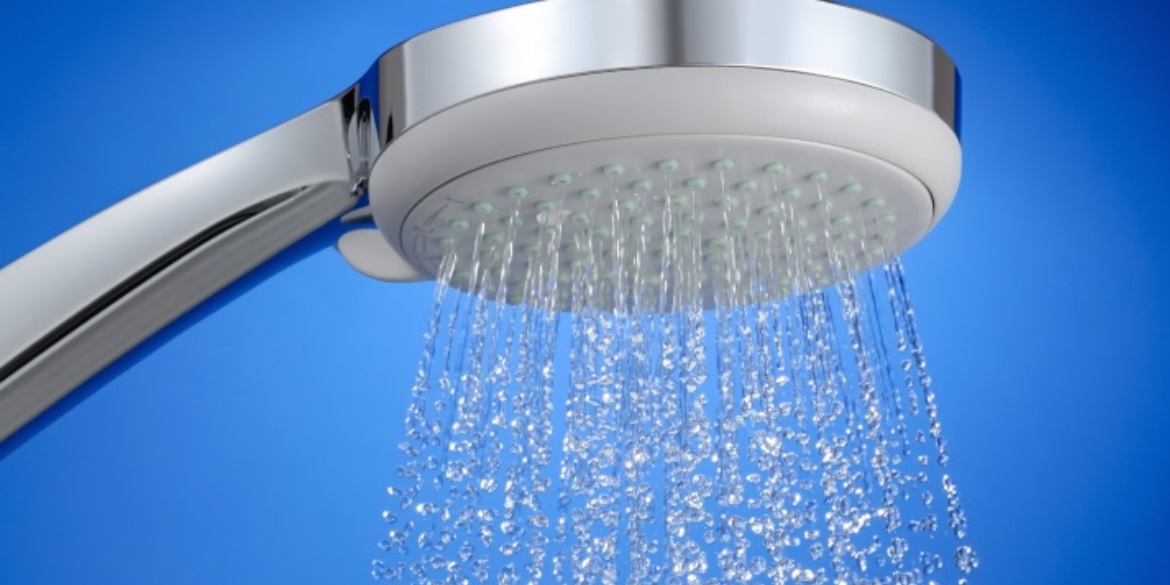This is the sixth article of an 11-part series on Solar+ homes. The series describes how homeowners can combine simple energy efficiency measures, solar PV, electric vehicles and appliance electrification to create households that are fully powered by solar electricity—even in existing homes. A Solar+ home provides substantial economic and environmental savings to the homeowner, and creates load profiles that are low-cost for utilities to serve.
Direct vs. indirect use of solar
Solar domestic water heating systems have been around for decades. There are a variety of types of collectors and circulation systems. Their common element, however, is that they directly use the sun to heat water (or a fluid that then heats water).
This direct heating approach has limitations:
- Water (or fluid) needs to be transported to the roof of a house. Pipes and fittings that contain water or other liquids tend to leak over time.
- It’s not economical to transport hot water from a single system more than a few hundred yards.
- Hot water heating systems degrade over time and are unattractive after a period of neglect, as shown in Figure 1.
Some people even claim that solar thermal water heaters no longer make sense in many situations.
These limitations can be overcome by indirectly using the sun to heat water. More specifically, PV can generate electricity and electricity can heat water using an electric resistance water heater. Better yet, electricity can heat water using a highly efficient heat pump water heater (HPWH).
There are a number of benefits to this approach:
- There is no need to transport water to or from the roof, so there is no risk of leakage in walls, through the roof or in other hard-to-detect places.
- PV can generate electricity hundreds or thousands of miles away to produce solar-powered hot water.
- PV systems do not have pipes and other water handling components that wear out like solar water heating systems.
Both the direct and indirect approaches provide solar-powered water heating, but the indirect approach is preferable for the reasons described above. The indirect approach also costs less than the direct approach.
What is a heat pump water heater?
People are familiar with PV and water heaters, but they may not have heard of heat pump water heaters. Natural gas and electric resistance water heaters look similar to HPWHs, but they operate on completely different principles. The first two consume fuel to heat water. HPWHs move heat from one location to another as the primary method of heating water.

Heat pumps sound unfamiliar or even exotic to many consumers. In fact, most consumers have at least two types of heat pumps in their homes: a refrigerator and an air conditioner (A/C). Heat pumps move heat from one location to another. A refrigerator moves heat from inside its contained space to outside that space. An A/C moves heat from inside to outside a house.
One way to think of a heat pump water heater is that it’s basically like a room A/C unit attached to the top of a water tank with the waste heat transferred to the water rather than the outside air (see Figure 3).
HPWHs are particularly impressive in terms of their performance. As shown in Figure 4, the EnergyGuide estimates that a typical natural gas water heater consumes 240 therms per year1 (this is equivalent to 7,032 kWh). This compares well to the 230 therms (6,746 kWh) of natural gas actually consumed per year at the prototype house from 2010 to mid-2014.
The EnergyGuide estimates that a typical electric resistance water heater consumes 4,600 kWh1 and that a Stiebel-Eltron HPWH uses 1,400 kWh per year. The Stiebel-Eltron HPWH installed at the prototype house in mid-2014 actually used 700 kWh in its first year.
Thus, the HPWH used only half as much energy as predicted by the EnergyGuide, and only one-tenth as much as a typical natural gas unit. Consumption was lower than predicted, most likely as a result of installation factors and mode of operation.

HPWHs are unlike traditional water heaters in that their performance can be exceptional. Also unlike traditional water heaters, HPHWs require that attention be given to how and where the unit is installed, as well as when it’s operated, to achieve optimal and efficient operation.
For example, remember that an HPWH is like an A/C unit joined with a water tank. Few people would think that it’s a good idea to turn on the A/C the middle of the winter while the heater is running. Likewise, using heated indoor air as the source of heat for the HPWH will have negative implications for performance during the winter. The home’s heating system would have to replace the heat taken by the HPWH, thereby effectively reducing the efficiency of the HPWH to be equivalent to that of the heating system.
There are other details that need to be considered as well, including the time of day the unit is operated, and where the waste cold air goes.
Key Takeaway
There are several takeaways. First, water heaters consume a lot of energy. For example, a house that uses 6,500 kWh of energy as electricity will consume more energy for water heating using natural gas (on a site energy basis).
Second, an indirect approach may be preferable to a direct approach to solar water heating. The indirect approach combines PV with an electric HPWH. The prototype house used one-tenth as much energy using this indirect approach as compared to the energy consumed using a natural gas water heater.
Don’t miss the next article in the series! Subscribe now to receive future updates about Solar+ homes.
To go to the next article in the Solar+ homes series, click here.
To go to the previous article, click here.
To jump to the first article in the series, click here.
1Typical EnergyGuide estimates of top-selling models at the time of this writing.


